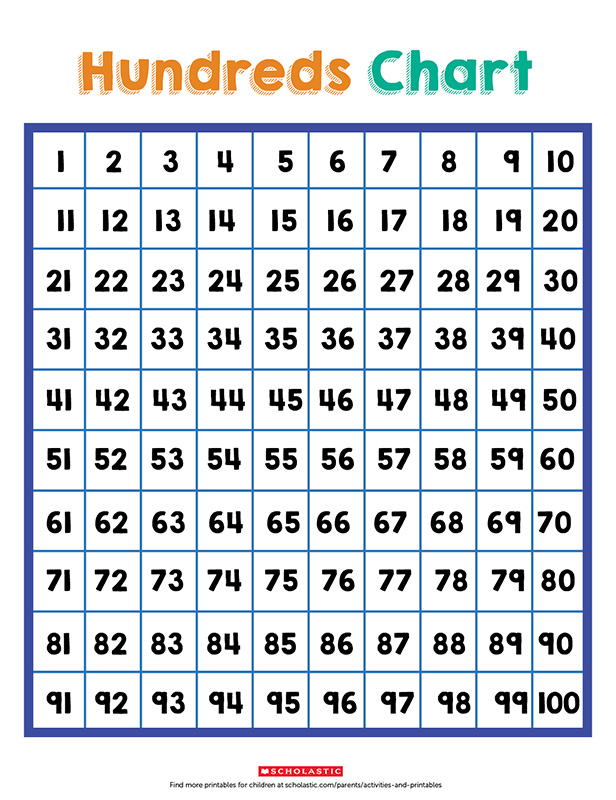I’ve worked with many students over the years as a math teacher, and the one thing I've discovered is that we all learn differently. Each child has a unique style of learning, and I see it as my job to help students figure out how they learn best. As a parent, I have three very different learners, and I support each one of them uniquely. My daughter, who has a learning disability, needs models and asks lots of questions to help understand a problem. My son can solve problems mentally but gets frustrated when trying to explain his thinking. The way I help my daughter looks very different than how I help my son.
Students who have diagnosed learning disabilities need extra attention when it comes to figuring out strategies that work best. In math particularly, there are many different concepts and it can be challenging for you to support your child at home. Having the necessary tools and accommodations can make a huge difference. Always check with your child’s math teacher, but here are some helpful tips you can use at home with a learning disabled child.
1. Play math games: Always try to emphasize the fun in math. If your child is getting frustrated with math homework, take a break and play a math game. Or, set a timer for him to complete his work and if he completes it in the allotted time, then he can play a math game. Setting small achievable goals and taking fun breaks can help a lot. (Try dominos or dice games.)
2. Read and highlight: Read all math directions aloud and have your child use a highlighter to mark any important words or directions. This will help him focus on what the question is asking and not get overwhelmed with multi-step problems. Learning disabled children tend to struggle when there are several different directions, so highlighting important key words will help tremendously.

3. Use a hundred chart: Having a hundred chart available, like the one above, for your child to use for homework is a great tool. It helps him visualize and make sense of how numbers are ordered. He can also touch the numbers to build number sense.
4. Solve even or odd numbers: Sitting still and attention to detail can be particularly difficult for children with learning disabilities. If math work takes a very long time, ask your child’s teacher if he can solve the even or odd numbers. This is an easy fix that cuts the math work in half and still allows your child to answer different problems.
5. Use graph paper: Have graph paper available to solve problems. It is very helpful for lining up and spacing numbers appropriately and helps your child improve fine motor skills. Graph paper can be stapled to the worksheet to show his work. Here's more information on how to support your child's learning using graph paper.
The most important thing is to find what works best for your unique child. We all learn differently and need to use the strategies that make us feel successful.
Featured Photo Credit: © Weekend Images Inc./iStockphoto

